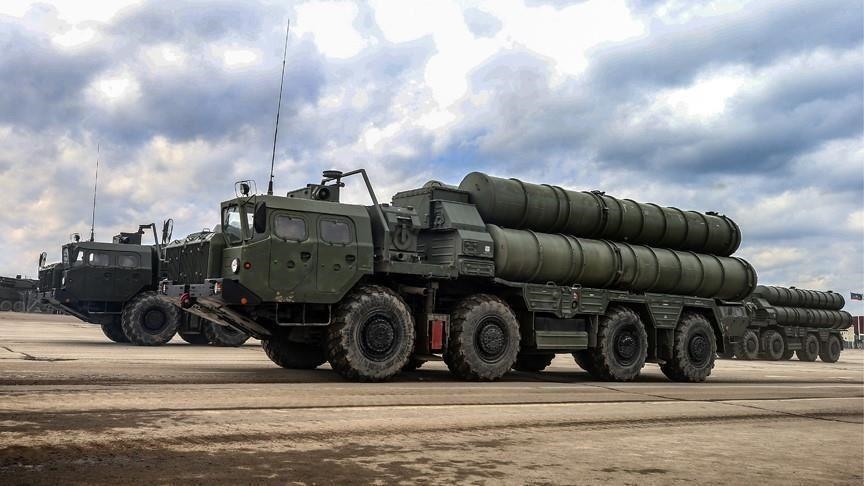The US has not made any decision yet on a potential waiver for India after it began receiving deliveries of an advanced surface-to-air missile system from Russia, the State Department said on Monday.
The deliveries risk sanctions under the 2017 Countering America's Adversaries Through Sanctions Act (CAATSA), which authorizes economic penalties on entities that purchase arms from Russia's defense industry.
A State Department spokesperson said on condition of anonymity that the Biden administration has not yet made a determination "on a potential waiver with respect to Indian arms transactions with Russia," further maintaining that CAATSA "does not have a blanket or country-specific waiver provision."
- We urge all of our allies and partners to forgo transactions with Russia that risk triggering sanctions under the act - the spokesperson said.
- The U.S.-India defense partnership has expanded significantly in recent years, commensurate with India’s status as a Major Defense Partner. We expect this strong momentum in our defense partnership to continue. We value our strategic partnership with India - the spokesperson added.
A Russian official confirmed on Sunday that Moscow has started supplying the S-400 air defense system to India.
The deliveries are proceeding on schedule, Dmitry Shugayev, head of Russia’s Federal Service of Military-Technical Cooperation, told Russian news agency.
- The first deliveries have already started - Shugayev said at an aerospace trade show in Dubai, the Interfax news agency reported.
India will have the first unit of the defense system by the end of this year, according to the official.
Moscow and New Delhi inked a $5.5 billion deal for the S-400 system in 2018, a move that opened India to possible US sanctions.
Lloyd Austin, the US secretary of defense, reiterated during his March visit to India that all US allies and partners should shun Russian hardware and “avoid any kind of acquisition that would trigger sanctions.”
Turkey also faced US sanctions last year for purchasing the S-400 system and was removed from Washington’s F-35 program in 2019.
